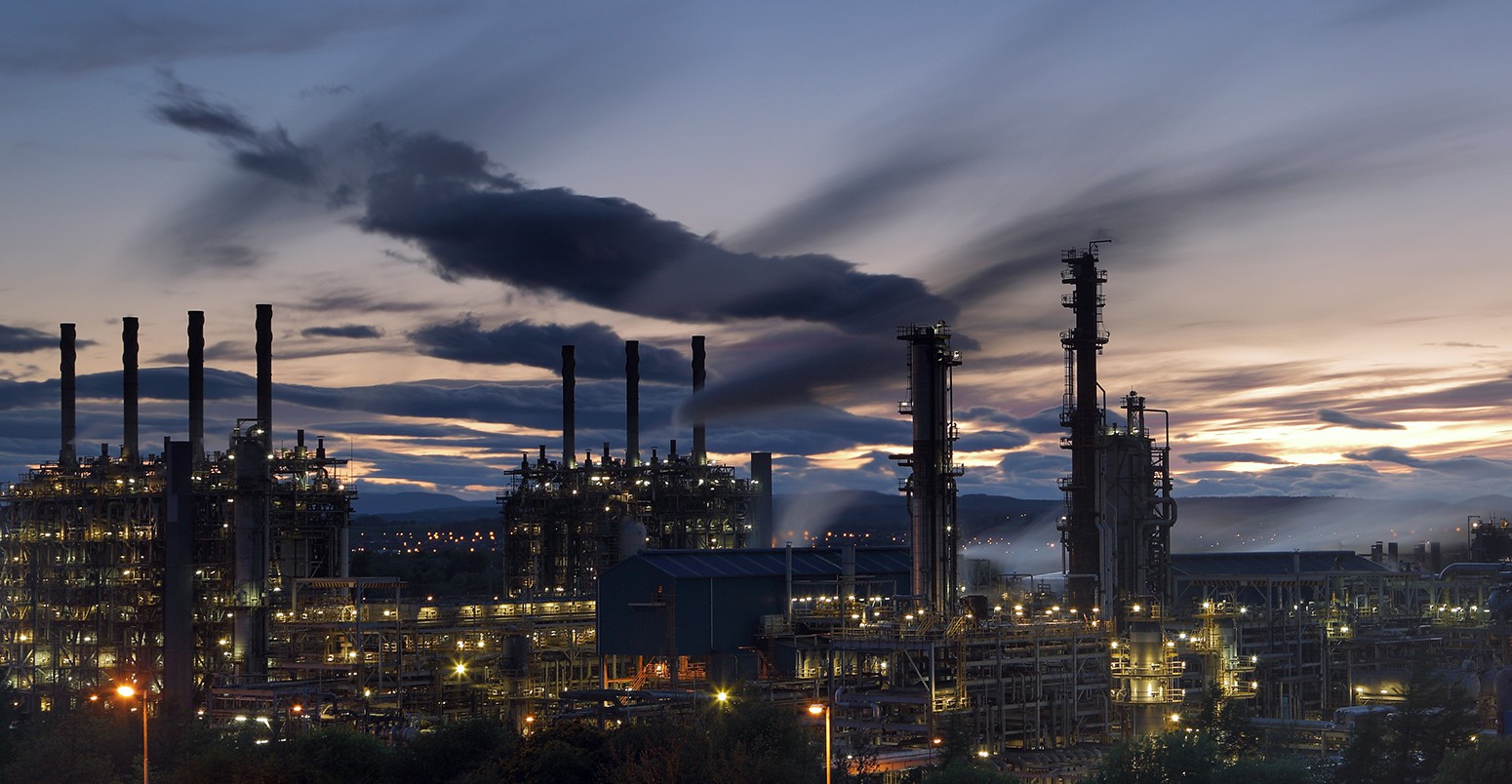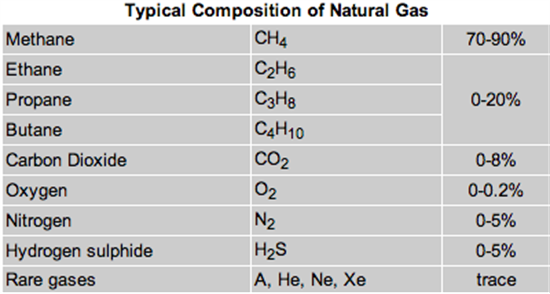
What’s the difference between natural gas, liquid natural gas, shale gas, shale oil and methane? An oil and gas glossary
Robin Webster
08.23.13Robin Webster
23.08.2013 | 12:00amOver the last few weeks, shale gas has shot into the national consciousness – resulting in more discussion on the airwaves about what, exactly, the UK’s energy future is going to look like. But it’s easy to get lost in all the technical terms. Here’s our quick oil and gas glossary to help you sort your coal bed methane from your LNG.
Natural gas: Natural gas is a major energy source around the world, accounting for 21 per cent of the world’s energy supply in 2010. Natural gas is an odourless, colourless gas, largely formed over millions of years underground. It’s made of a variety of compounds (see below), but methane is by far the most significant.
Natural gas is a fossil fuel, releasing greenhouse gases when burnt – but is less climate-polluting than coal, releasing about half of its carbon emissions.
Typical makeup of natural gas. Source: Naturalgas.org
Unconventional gas: Unconventional natural gas is trapped in deep underground rocks that are hard to reach, such as shale rock or coal beds. Recent technological advances have made it possible to get these new sources of energy out of the ground.
Shale gas: Shale gas is extracted from shale rock using fracking, or hydraulic fracturing, of the rock. Shale rock is very common; the BGS estimates it makes up 35 per cent of the world’s surface rocks. It also suggests there are 1,300 trillion cubic feet of shale gas in the north of England.
The application of the fracking process – which has been used in the oil industry since the mid nineteenth century – to shale gas extraction has the potential to bring about a “a sweeping transformation” of the energy system around the world, according to the International Energy Agency, as different countries develop the resource.
Methane: In the shale gas debate, commentators sometimes make a distinction between natural gas and methane. In fact, as the chart above demonstrates, natural gas mostly is methane.
When it’s released directly in the atmosphere – rather than being burnt – methane is a powerful greenhouse gas. It is approximately 25 times more climate-polluting than carbon dioxide over a 100-year timescale. Some academics are worried that methane leaks during the fracking process – so called fugitive emissions – will significantly increase the impact of fracking on the climate.
Liquified Natural gas (LNG): In order to feed the world’s demand for natural gas, the gas needs to be transported from where it’s produced to where it’s going to be consumed. But transporting gas is not that easy. LNG is created by cooling natural gas to -160ºC, creating a clear, colourless and non-toxic liquid, 600 times smaller than natural gas. The biggest exporter of LNG around the world is Qatar, which sends it around the world in enormous tankers.
Shale oil: Fracking can be used to get not just gas out of the rock, but oil. The US-based Energy Information Administration estimates that shale oil represents 10 per cent of the world’s crude oil resources. It’s not clear how much the UK has got. The British Geological Survey is working on a survey of the shale oil resource in the south of the country. But a spokesperson tells Carbon Brief it will be “several if not many months” before the report is produced.
Coal bed methane (CBM): Methane occurs naturally underground within coal reserves. It can be extracted using a variety of techniques. In comparison to shale gas, the amount of gas we might get from CBM seems to be fairly small – maybe around three years of UK natural gas supply, according to the British Geological Survey.
Underground coal gasification (UCG): UCG is an industrial process where coal is converted into gas while it’s still underground. It involves drilling boreholes into the coal seam, injecting water and oxygen, and partially burning the coal underground. UCG has not been carried out in the UK since trials in Derbyshire in the 1950s, but recently there’s been an increased interest in the technology. UCG has the potential to open up large new areas of coal to exploitation – a prospect that has alarmed environmental campaigners.
-
What's the difference between natural gas, liquid natural gas, shale gas, shale oil and methane? An oil and gas glossary


